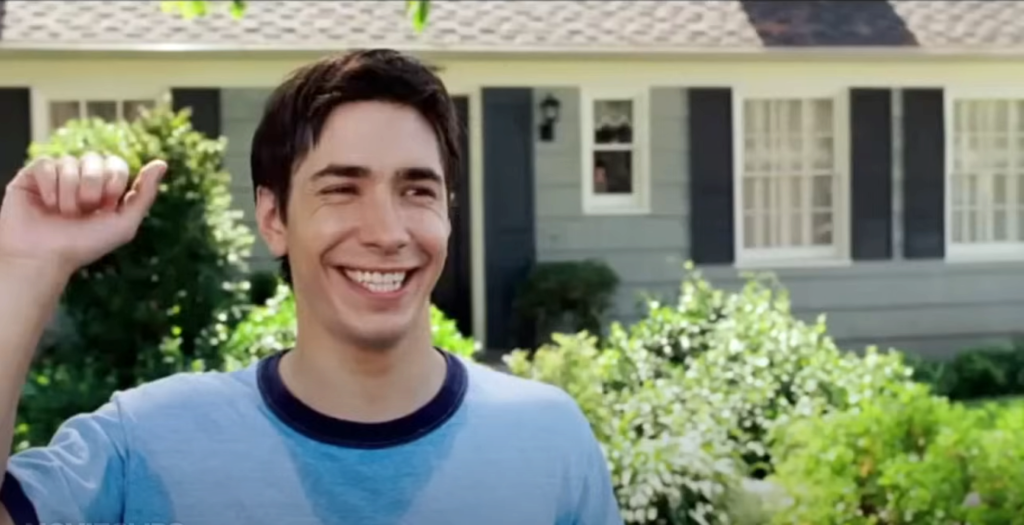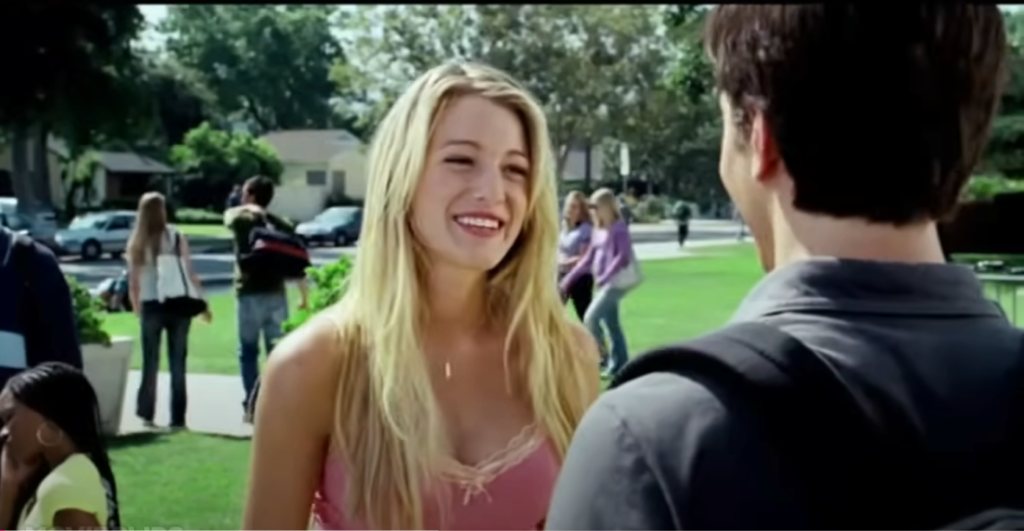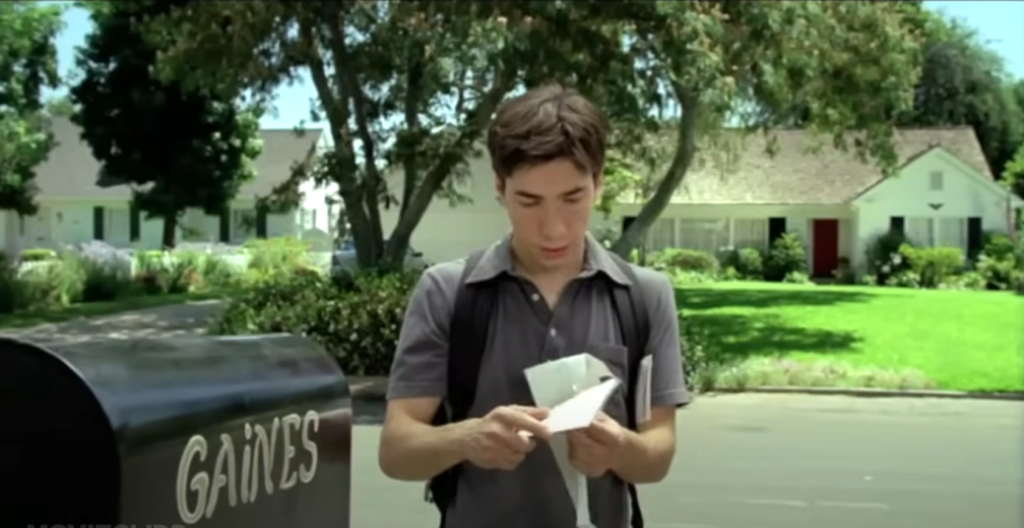The Art of Subtlety in Wes Anderson’s Cinema
Wes Anderson is a filmmaker celebrated not only for his quirky narratives and eccentric characters but also for his extraordinary attention to detail. Each frame in an Anderson film is meticulously crafted, brimming with visual elements that often go unnoticed on the first viewing. His films are layered with Easter eggs and subtle details, from recurring props to carefully chosen background elements, all of which play a crucial role in deepening the story. These hidden elements are not mere decorations; they enhance the narrative, add depth to the characters, and invite viewers into a richer, more immersive world.
In Anderson’s cinematic universe, every object, color, and composition is deliberate, contributing to the overall storytelling in ways that are both obvious and obscure. These details, often hidden in plain sight, invite audiences to look closer, rewatch, and discover new aspects of the story with each viewing. This article delves into how Wes Anderson uses these subtle elements to enrich his films, turning them into intricate visual puzzles that reward attentive viewers.
The Power of Symmetry: Visual Composition as Storytelling
One of Wes Anderson’s most recognizable trademarks is his use of symmetry in visual composition. This distinct style, where characters and objects are often perfectly centered and balanced within the frame, is not just an aesthetic choice but a narrative tool that reflects the inner worlds of his characters. Symmetry in Anderson’s films often symbolizes control, order, and the desire for perfection, contrasting with the chaos and emotional turmoil beneath the surface.
Take, for instance, The Grand Budapest Hotel, where the hotel’s grandiose, symmetrical architecture mirrors the protagonist’s structured yet fragile life. Similarly, in Moonrise Kingdom, the symmetrical framing of Suzy and Sam as they stand side by side suggests their balanced partnership and shared sense of purpose, despite the disarray surrounding them. Anderson’s use of symmetry not only creates visually pleasing shots but also subtly influences the viewer’s perception of the story, highlighting themes of order versus disorder, and control versus chaos.
This visual style encourages the audience to engage more deeply with the narrative, as the balanced compositions often hold clues to the characters’ emotions and the story’s underlying themes. Anderson’s symmetry is a perfect example of how visual composition can be used to enhance storytelling, making his films not just visually striking, but also rich with meaning.
Hidden in Plain Sight: Easter Eggs That Connect Anderson’s Cinematic Universe
Wes Anderson’s films are known for their intricate world-building, where even the smallest details carry significance. One of the most intriguing aspects of his filmmaking is the presence of Easter eggs—recurring objects, props, and visual motifs that connect his films, creating a cohesive universe that fans love to explore. These hidden details not only serve as delightful nods to attentive viewers but also contribute to character development and thematic continuity across his body of work.
For example, the fictitious book “The Francois Dillinger Story” appears in both Rushmore and The Royal Tenenbaums, subtly linking the two films. Another recurring element is the use of the color palette, particularly the warm, nostalgic tones that tie together the worlds of The Darjeeling Limited and The Life Aquatic with Steve Zissou. These visual motifs often reflect the characters’ inner lives, their connections to each other, or their roles within the broader narrative.
Anderson’s Easter eggs are more than just hidden treasures for fans to discover; they deepen the narrative by creating links between characters and stories that span across different films. By incorporating these recurring details, Anderson invites viewers to see his films as part of a larger, interconnected universe, where every object, every color, and every scene is part of a carefully crafted tapestry. This not only enhances the viewing experience but also adds layers of meaning to his films, making them rich with both visual and narrative depth.
Layered Narratives: Background Details That Tell a Story
Wes Anderson’s films are known for their meticulously crafted sets, where every background detail is carefully chosen to enrich the narrative. These elements often go beyond mere decoration, serving as silent storytellers that provide deeper insights into the characters and plot. The background details—be it a carefully placed prop, a piece of art, or a specific set design—reveal layers of the story that might not be immediately apparent, adding complexity and depth to the viewing experience.
For instance, in The Royal Tenenbaums, the Tenenbaum family home is filled with objects that subtly hint at the family’s history and the individual quirks of its members. Each room reflects the personalities and past achievements of the characters—Richie’s tennis trophies, Margot’s secret smoking supplies, and Chas’s meticulous organization of his children’s belongings. These background elements convey the characters’ struggles, ambitions, and relationships without the need for direct exposition, allowing the audience to piece together the story through visual clues.
In The Grand Budapest Hotel, the elaborate set design of the hotel itself tells a story of faded grandeur and the passage of time. The transition from the opulent, pastel-colored decor of the 1930s to the more muted, dilapidated look of the 1960s reflects the broader themes of loss and nostalgia that permeate the film. Anderson’s attention to these details creates a layered narrative where the background elements are just as crucial to the story as the dialogue or plot, enriching the film with a depth that rewards multiple viewings.
The Role of Color: Symbolism Through Palettes and Patterns
Wes Anderson’s films are instantly recognizable not just for their symmetrical compositions and quirky characters, but also for their distinctive color palettes. Anderson uses color as a powerful tool for visual storytelling, where specific palettes and patterns are carefully selected to convey mood, highlight character traits, and underscore thematic elements.
For example, in The Grand Budapest Hotel, Anderson uses a pastel color scheme dominated by pinks and purples to evoke a sense of whimsy and nostalgia, contrasting with the darker, more serious themes of war and loss that underpin the story. The hotel’s bright, candy-colored exterior and interior create a dreamlike atmosphere, reflecting the protagonist’s memories of a more idyllic time, while the shift to a more subdued palette in later scenes symbolizes the inevitable decline of this once-glorious world.
In Moonrise Kingdom, the use of earthy tones—yellows, greens, and browns—reflects the natural, idyllic setting of the film and the innocence of the young protagonists. The recurring yellow, which dominates the scenes involving the Khaki Scouts, symbolizes youth, adventure, and the warmth of summer. Anderson’s strategic use of color not only adds aesthetic appeal but also deepens the audience’s understanding of the characters and their emotional journeys, making color an integral part of his storytelling technique.
The Impact of Visual Easter Eggs on Character Development
Wes Anderson’s films are a treasure trove of visual Easter eggs that do more than just entertain—they play a crucial role in character development. These subtle visual details often reflect the inner lives of characters, offering insights into their personalities, histories, and emotional states that are not always explicitly stated in the dialogue or plot.
In The Royal Tenenbaums, for example, Margot Tenenbaum’s ever-present fur coat and smoky eye makeup serve as visual cues to her enigmatic and emotionally guarded nature. The small, seemingly insignificant details, such as the faded love letters and secret cigars hidden in her closet, reveal her deep sense of longing and dissatisfaction with her life, adding layers to her character that might otherwise go unnoticed.
Similarly, in The Life Aquatic with Steve Zissou, the recurring motif of red caps worn by Zissou and his crew symbolizes their loyalty and collective identity, while also highlighting Zissou’s struggle to maintain control and relevance. These visual details are not just accessories; they are extensions of the characters themselves, providing the audience with a richer understanding of who these individuals are and what drives them.
Anderson’s use of Easter eggs and background details ensures that his characters are more than just quirky caricatures—they are fully realized individuals with complex inner worlds. By paying close attention to these visual cues, viewers can uncover new aspects of the characters, making the viewing experience more engaging and rewarding.
The Delicate Craft of Visual Storytelling in Wes Anderson Films
Wes Anderson’s films stand out in contemporary cinema not just for their unique style and quirky narratives, but for the meticulous attention to visual detail that enriches every frame. The use of Easter eggs, carefully chosen color palettes, and layered background elements all contribute to a storytelling approach that is as much about what is seen as what is said. These visual details add depth to characters, connect seemingly disparate elements, and create a cinematic universe that rewards attentive viewers with new discoveries on each rewatch.
Anderson’s ability to weave narrative threads through visual cues is what sets his films apart, making them enduring favorites for audiences who appreciate the art of subtle, layered storytelling. Through his delicate craft, Anderson has created a distinct cinematic language that continues to influence filmmakers and captivate audiences around the world.



